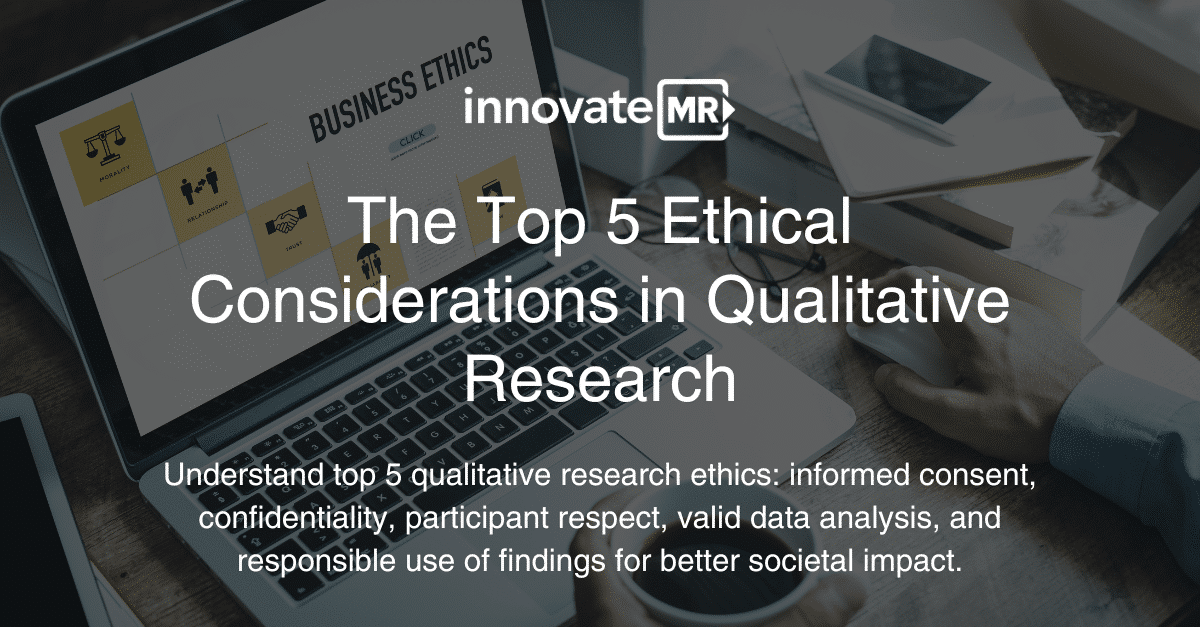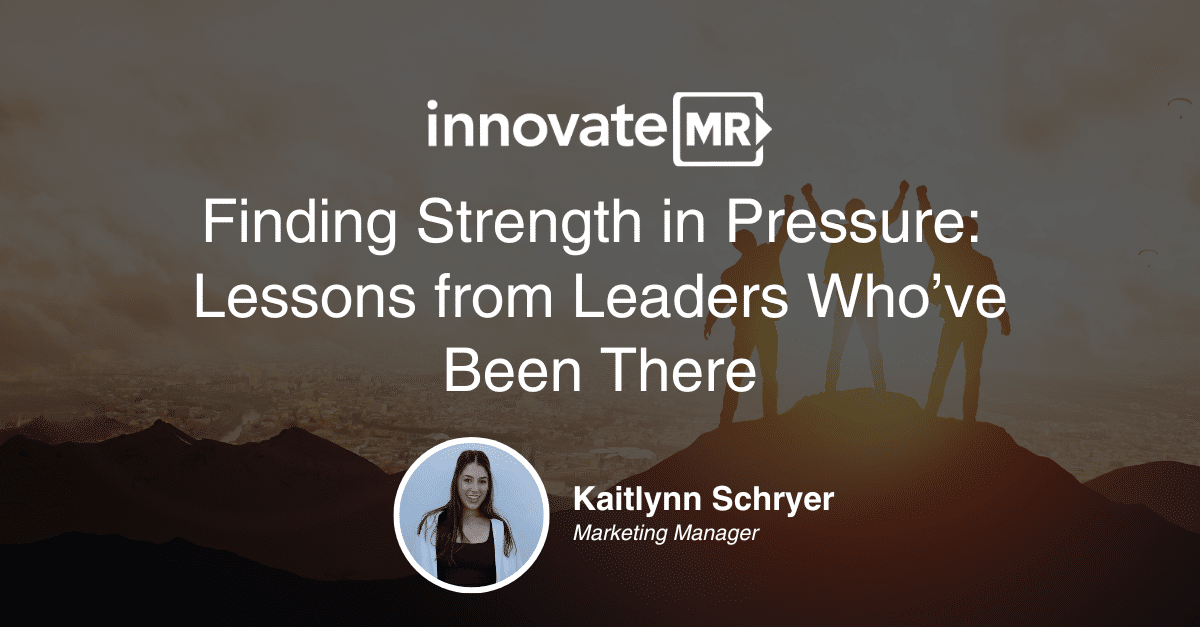
Why the B2B Customer Journey Matters
In today’s fast-paced business environment, understanding your B2B customer journey is essential to driving growth and building trust. Unlike B2C interactions, the B2B journey is longer, more complex, and often involves multiple decision-makers. Every touchpoint—from initial awareness to long-term advocacy—shapes how clients perceive your brand and whether they continue working with you.
In the market research industry, where trust and insights drive high-value decisions, optimizing the B2B customer journey can mean the difference between a one-time project and a lasting partnership.

What Is the B2B Customer Journey in Market Research?
The B2B customer journey in market research refers to the full lifecycle of interactions between a client and a research provider. From first recognizing the need for insights to ongoing collaboration, each stage requires thoughtful engagement.
Here are the seven key stages of the B2B customer journey with examples from market research:
1. Awareness
Potential clients recognize the need for market research services—often triggered by market shifts, competition, or internal challenges.
Example: A healthcare company learns about the value of patient insights through an industry report, sparking interest in market research.
2. Consideration
Clients begin evaluating potential providers, looking for expertise, credibility, and past success stories.
Example: The healthcare company researches firms via referrals, case studies, and online reviews.
3. Decision
The client selects the firm that best aligns with their goals, budget, and industry needs.
Example: They choose a research partner specializing in patient insights, influenced by a strong proposal and references.
4. Engagement
Contract negotiations and onboarding formalize the partnership.
Example: The healthcare company signs an agreement outlining objectives, timelines, and deliverables.
5. Delivery
The research firm executes the project, gathering and analyzing data to produce actionable insights.
Example: Surveys and interviews reveal patient preferences that guide product development.
6. Value Realization
Clients begin to see measurable benefits from the research.
Example: The company uses insights to launch a product tailored to patient needs, boosting satisfaction and revenue.
7. Retention & Advocacy
Satisfied clients become repeat customers and advocates, strengthening reputation and driving referrals.
Example: The healthcare company continues working with the firm and recommends it to peers in the industry.

How to Optimize the B2B Customer Journey
Understanding the customer journey is just the first step. To build long-term client relationships, you must continuously optimize and enhance the experience.
1. Personalization
Tailor your services to meet each client’s unique challenges. Custom solutions demonstrate value and deepen trust.
2. Data-Driven Strategies
Leverage analytics not only in research projects but also in client engagement. Data can uncover patterns in customer needs, helping refine service offerings.
3. Transparent Communication
Consistent updates and open dialogue at every stage prevent misunderstandings and reinforce trust.
4. Continuous Feedback
Implement feedback loops to measure client satisfaction and identify areas for improvement.
5. Relationship Building
View the journey as ongoing—not transactional. Offering post-project support, insights, and additional services fosters loyalty.
Final Thoughts
In the market research industry, the B2B customer journey is not static—it evolves as client expectations and market conditions change. Companies that invest in customer-centric strategies will gain a competitive edge, securing long-term clients and turning them into brand advocates.
By prioritizing personalization, communication, and data-driven insights, you can elevate your B2B customer journey, enhance client satisfaction, and drive sustained business growth.

Frequently Asked Questions (FAQ)
What is a B2B customer journey?
It’s the complete path of interactions a business client has with a service provider, from initial awareness to long-term advocacy.
What is the typical B2B buyer journey?
It usually includes awareness, consideration, decision, engagement, delivery, value realization, and retention.
What are the 7 stages of the customer journey?
Awareness, consideration, decision, engagement, delivery, value realization, and retention/advocacy.
What is B2B customer experience?
It’s the overall perception and satisfaction clients have when interacting with your brand across all touchpoints in the customer journey.
About InnovateMR – InnovateMR is a full-service sampling and ResTech company that delivers faster, quality insights from business and consumer audiences utilizing cutting-edge technologies to support agile research. As industry pioneers, InnovateMR provides world-class end-to-end survey programming, targeted international sampling, qualitative and quantitative insights, and customized consultation services to support informed, data-driven strategies, and identify growth opportunities. Known for their celebrated status in customer service and results, InnovateMR combines boutique-level service with extensive global reach to achieve partner success.


